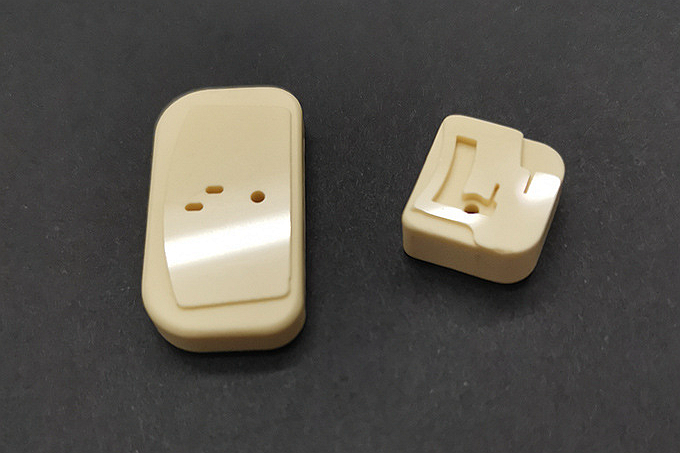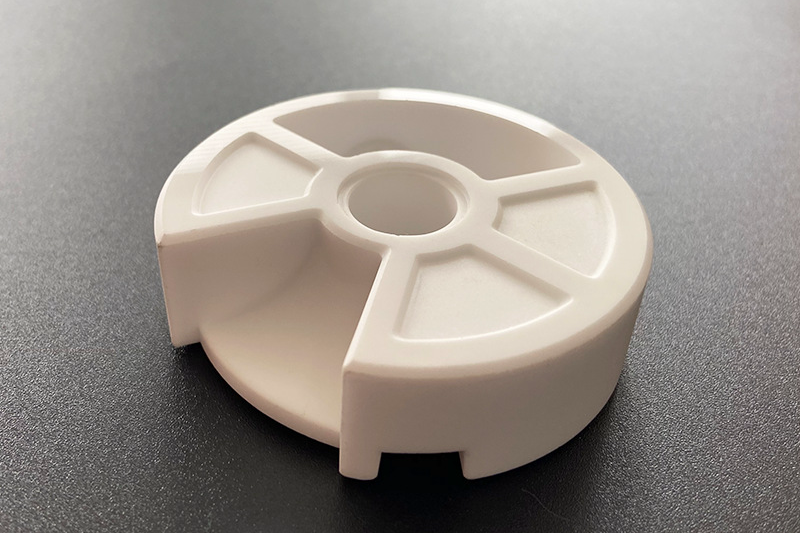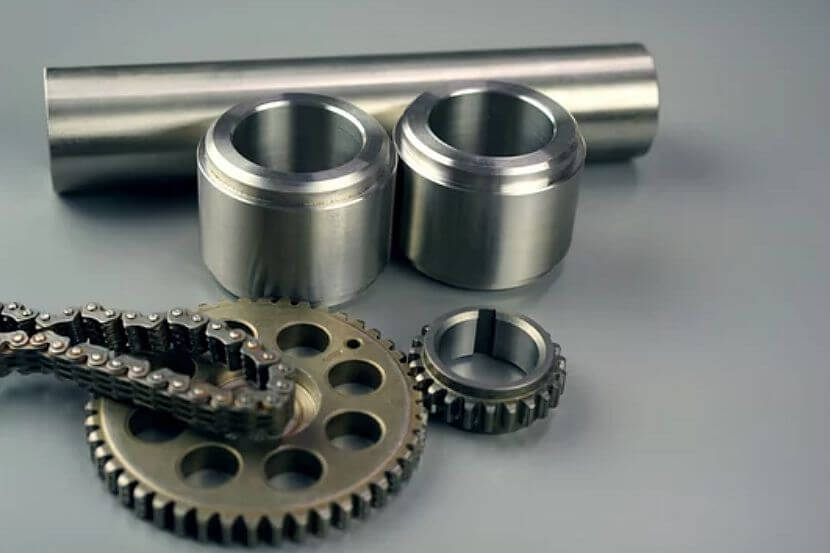How does Neway ensure defect-free optical surfaces for high-end lighting needs?
For high-end lighting applications—such as architectural fixtures, automotive modules, and precise lighting systems in telecom infrastructure—defect-free optical surfaces are essential for accurate light distribution and visual clarity. Neway ensures optical precision through a strict combination of controlled materials, advanced manufacturing technologies, precision surface finishing, and data-driven quality validation across prototyping and mass production.
Material Selection and Process Control
Quality begins with choosing optical-grade materials that allow consistent refractive index and low internal stress. PMMA and PC are widely used via plastic injection molding for lenses and light guides. For high thermal and environmental stability, alumina and silicon nitride via ceramic injection molding provide superior structural rigidity and dimensional accuracy. Moisture, drying, melt temperature, and injection pressure are tightly controlled to prevent bubbles, weld lines, and localized stress points that compromise optical clarity.
Precision Tooling and Mold Design
Defect-free optical surfaces rely on mold quality. Tooling cavities follow optical-grade polishing standards, using sequential lapping and diamond finishing. Venting, gate location, flow path geometry, and temperature zones are engineered to eliminate flow marks and surface waviness. The mold validation process is supported by CNC machining prototyping and 3D printing prototyping, which enable early optical sampling before committing to full-scale tooling.
Surface Finishing and Post-Processing
Neway applies advanced finishing methods to achieve sub-micron surface roughness. For polymer optics, in-mold polishing combined with post-processing such as precision polishing removes any micro-defects. For ceramic optics produced via CIM, sintered surfaces are refined using CNC machining and abrasive finishing. Coating processes such as PVD ensure uniform film thickness, enhancing clarity, reflection control, and scratch resistance.
Data-Driven Quality Inspection
To verify optical integrity, Neway integrates metrology tools such as interferometry, laser profilometry, and haze/transmittance measurement. This ensures every surface meets optical requirements in terms of surface flatness, refractive index uniformity, and light scattering performance. Defect detection methods are built into process checkpoints, ensuring early correction and continuous feedback to mold and process parameters.
Manufacturability and System Integration
Optical components must also assemble reliably into lighting modules. Parts produced via aluminum die casting or sheet metal fabrication for housings and heat sinks are precision-mated with lenses. Design-for-assembly ensures sealing, alignment, and optical path integrity. Early design samples are manufactured through prototyping to verify fit, alignment, and joint behavior before launching tools.



